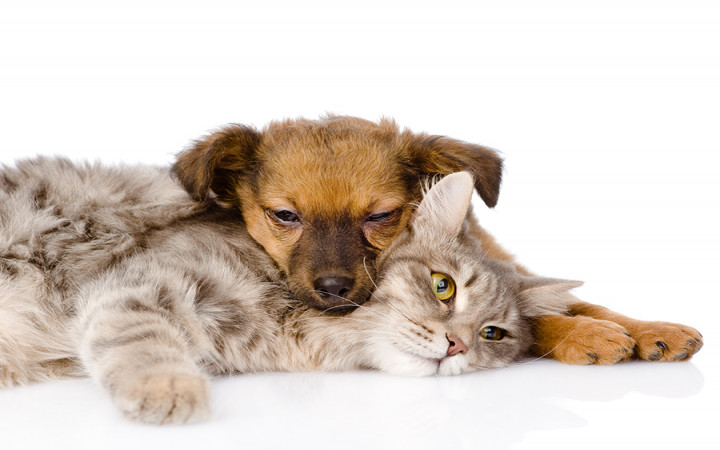Today’s Wonder of the Day was inspired by Tarsha from Maitland. Tarsha Wonders, “What is the effect of crossbreeding animals?” Thanks for WONDERing with us, Tarsha!
Do you have a pet at home? If so, chances are it's either a dog or a cat. Dogs and cats are by far the most popular domesticated pets in the United States and around the world.
Have you ever taken much time to look closely at dogs and cats, though? Different breeds of cats tend to look quite similar. They may have slight differences in the shapes of their faces or the length of their coats, but they're remarkably similar in size and shape.
Dogs, on the other hand, come in a wide variety of sizes and shapes. Put a pug, a dachshund, a poodle, a mastiff, and a golden retriever in a line, and you'll see what we're talking about. In addition to different faces and coats, dogs come in an incredible variety of sizes and shapes.
Why are the two most popular pets so different in terms of their variety? Experts believe the difference between dogs and cats can be explained by differences in selective breeding.
Dogs and cats have both been around for a long time. Scientists believe humans began to domesticate dogs about 19,000 years ago, while cats have been domesticated for about 10,000 years.
When it comes to selective breeding of dogs and cats, however, most of the selective breeding that has produced modern cat breeds has occurred over the past 75 years. Dogs, on the other hand, have been selectively bred for hundreds of years.
These differences in breeding have resulted in significant differences in the number of breeds of dogs and cats. According to the Cat Fanciers' Association, there are 42 different breeds of cats. Dogs, however, come in either 190 different breeds (according to the American Kennel Club) or 340 breeds (according to the World Canine Organization).
Hundreds of years ago, humans began to selectively breed dogs to develop dogs with specific traits for a wide variety of tasks. For example, dogs were bred for hunting various animals, herding animals, guarding property, pulling sleds, and all sorts of other specialized jobs.
Cats, on the other hand, have usually been kept as pets for one of two purposes: companionship and controlling pests, such as mice. These tasks could be performed by most cats as they already were, so developing specialized traits through selective breeding wasn't necessary.
Unfortunately, selective breeding can result in negative consequences in some cases. Known as piggyback mutations, certain negative genetic traits sometimes accompany the positive traits. For example, Persian cats are often bred for their fluffy coats and squashed faces, but they also tend to be genetically predisposed to develop polycystic kidney disease. Fortunately, modern genetics research is helping breeders to breed more carefully to keep positive traits while weeding out negative ones.




